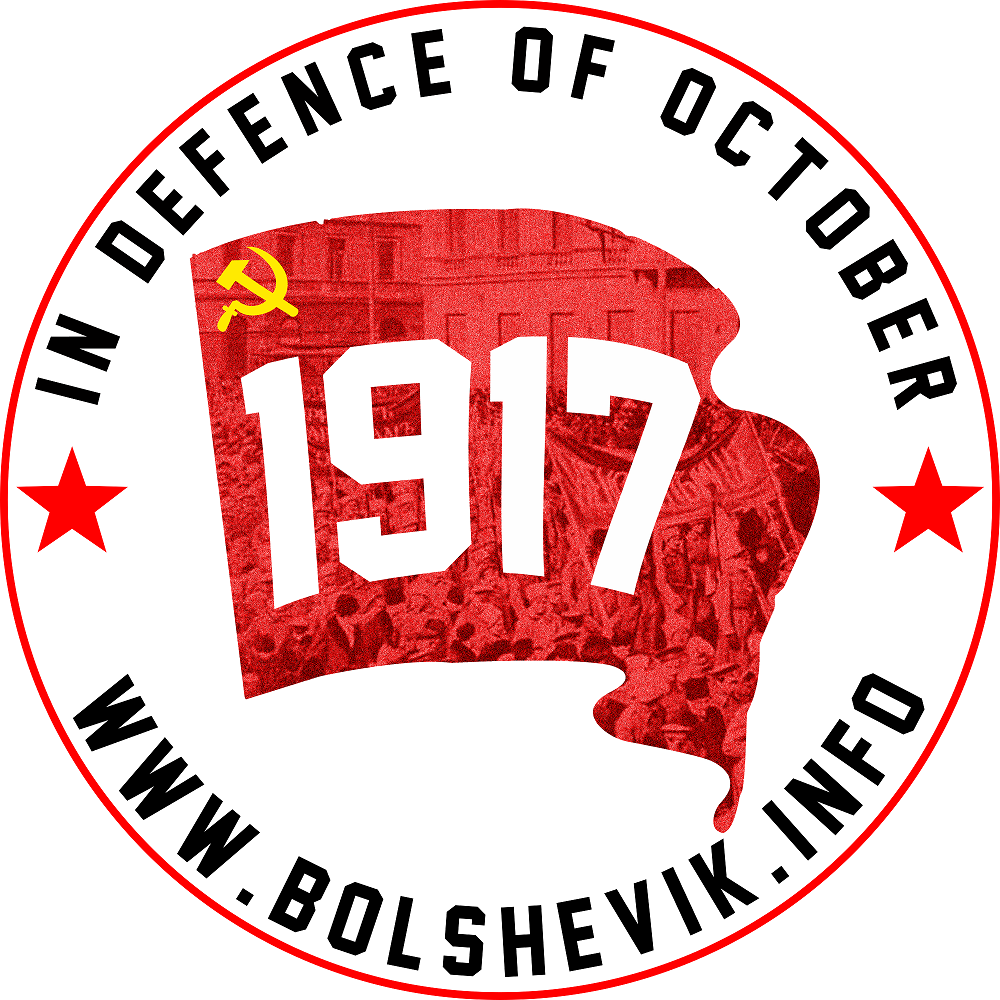Footnotes
[1] Written in Vyborg. It consisted of six chapters, the last not being intended for publication but for circulation among members of the Central Committee, the Petrograd and Moscow Committees and the Soviets. Only the manuscript of the last two chapters has come down to us. The article was first published in four chapters in Rabochy Put No. 30 of October 20 (7), 1917; a comparison of the newspaper text and the manuscript shows that one of the chapters was omitted and Chapter V was headed as Chapter IV. The article was widely carried by Bolshevik periodicals.
[2] The reference is to the revolutionary action by German sailors in August 1917, who were led by a revolutionary sailors' organisation numbering 4,000 members (late July 1917). It was led by sea men Max Reichpietsch and Albin Köbis of the Friedrich der Grosse. The organisation decided to fight for a democratic peace and prepare for an uprising. Manifestations broke out in the navy in early August. Sailors of the warship Prinzeregent Luitpold, which was at Wilhelmshaven, took absence without leave to fight for the release of their comrades who had earlier been arrested for staging a strike; on August 16, the firemen of the Westphalia refused to work; at the same time the crew of the cruiser Nürnberg, which was out at sea, staged an uprising. The sailors' movement spread to the ships of several squadrons at Wilhelmshaven . These manifestations were put down with great savagery. Reichpietsch and Köbis were shot and other active participants were sentenced to long terms of hard labour.
[3] The reference is to what an officer, Dubasov, said at a meeting of the Petrograd Soviet on September 21 (October 4), 1917. He had just returned from the front and declared: "Whatever you may say over here, the soldiers will not fight". [p. 80]
[4] The reference is to the nation-wide strike of railwaymen for higher wages. It started on the night of September 23 (October 6), 1917, and threw the Provisional Government into a panic. The bourgeois press attacked the striking railwaymen.
The strike was discussed by the Central Committee of the R.S.D.L.P.(B.) on September 24 (October 7), 1917. In an appeal, "Let's Help the Railwaymen", which was published in Rabochy Put (The Workers' Path ), the Central Committee exposed the counter-revolutionary policy of the Provisional Government and called on the proletariat to express full sympathy for the railwaymen, protect them from the provocative attacks of the counter-revolutionaries and do everything to prevent their strike from being isolated and defeated. The strike ended on the night of September 26 (October 9), 1917, when the Provisional Government satisfied some of the railwaymen's demands.
[5] The reference is to the attitude of Kamenev, Zinoviev, and Stalin and their followers. Kamenev and Zinoviev opposed Lenin's plan for an armed uprising, declaring that the working class of Russia was incapable of carrying out a socialist revolution. They slid down to the Menshevik position of demanding a bourgeois republic.
[6] To "convene" the Congress of Soviets for October 20 in order to decide upon "taking power"—how does that differ from foolishly "appointing" an insurrection? It is possible to take power now, whereas on October 20-29 you will not be given a chance to.
[7] What has the Party done to study the disposition of the troops, etc? What has it done to conduct the insurrection as an art? Mere talk in the Central Executive Committee, and so on!
Source: Marxist Internet Archive.

